
Internal Shift Marketplace
Employees can take control of their schedule—easily swap, offer, or bid on shifts with just a few taps.
PROJECT DETAILS
Client
Dayforce
Team
Mobile Design Team
My Role
Product Design/Research
Duration
6 months
OVERVIEW
For employees in distributed companies, maximizing earning potential and balancing flexible schedules can be challenging. Many employees wish to pick up additional shifts, but they are often restricted to opportunities only at their primary work location. This limitation reduces earning opportunities and overall job satisfaction. To address this, the "Marketplace" feature was introduced to provide employees with an intuitive and flexible way to explore, follow, and pick up shifts at other company locations.
Approach and Deliverables
To design and implement a "Marketplace" feature that empowers employees to:
Discover and pick up shifts at different company locations.
Visualize available locations and shifts using an integrated map view.
Customize the types of shifts they want to work, focusing on roles that align with their skills and interests.
Enhance their earning potential and scheduling flexibility.
THE PROCESS
The Double Diamond process in UX design is a way of tackling problems and coming up with solutions. It’s split into four phases, represented by two diamonds:
Discover: This is all about understanding the problem. You dive deep, gather insights, and really get to know what the users need.
Define: Here, you take all that information and narrow it down to clearly define the problem you’re trying to solve.
Develop: With a clear problem defined, you start brainstorming and creating possible solutions.
Deliver: Finally, you test and refine those solutions to make sure they work and meet the users’ needs.

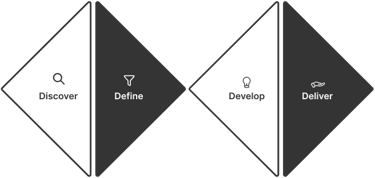
KICK'N IT OFF
We interviewed 10 hourly workers to gather in-depth feedback on what would make a Marketplace feature valuable to them. Location emerged as the primary theme, with participants emphasizing the importance of knowing how far a shift location is from them. Workers expressed reluctance to pick up shifts if the location was too far, highlighting proximity as a critical factor. Additionally, how much they would get paid for these shifts was a key consideration, with participants stating that competitive pay would significantly influence their decision to pick up shifts.
User Interviews
Golden Nuggets
Themes we heard throughout the interview process:
Discoverability of Shifts: Employees needed a simple way to find available shifts across multiple locations without being overwhelmed by irrelevant options.
Location Tracking: Employees expressed a desire to visually explore locations and shifts they might be interested in working.
Customization: Not all shifts or roles were equally appealing. Employees needed a way to filter opportunities by job roles and types of shifts.
Ease of Use: A seamless and user-friendly experience was essential to encourage adoption and frequent use of the feature.
INSIGHTS
Location was one of the primary drivers for deciding to taking on new shifts. Visually seeing these locations from their home was vital for picking up new shifts.
How much am I going to get paid was also a driving factor in their decision making.
Not all shifts or roles were equally appealing. Employees needed a way to filter opportunities by job roles and types of shifts.
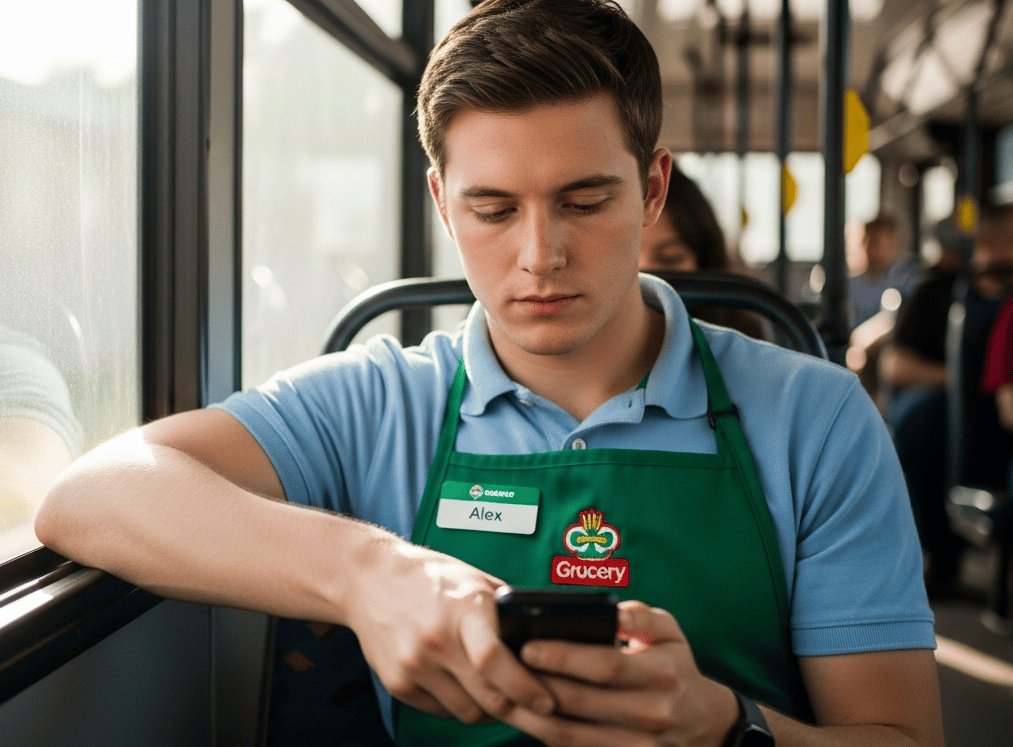

COMPETITIVE ANALYSIS
Existing shift management apps provide basic features but often lack real-time notifications, transparency, and ease of use for both employees and managers.
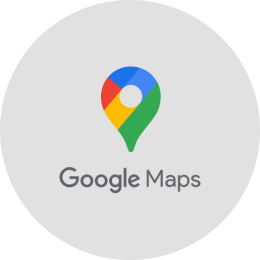

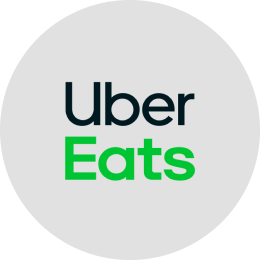

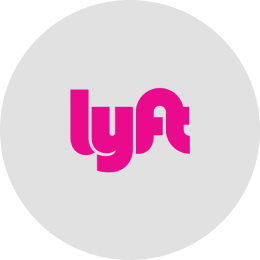

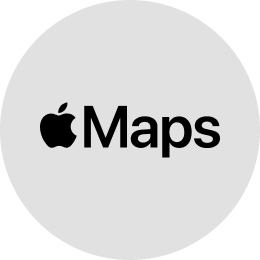

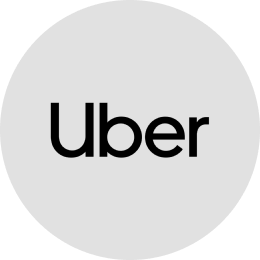


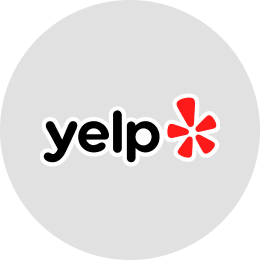
PROBLEM STATEMENT
We created a problem statement to clearly define the user's core need or challenge, ensuring the team stays focused on solving the right problem throughout the design process.
How might we create a logistically visual experience that is highly customizable with the most important information to have the user make a decision.
USER STORIES
User stories keep us focused on people, not just features. They help the team understand who we’re designing for, what they need to do, and why it matters — creating alignment and driving decisions that deliver real value.
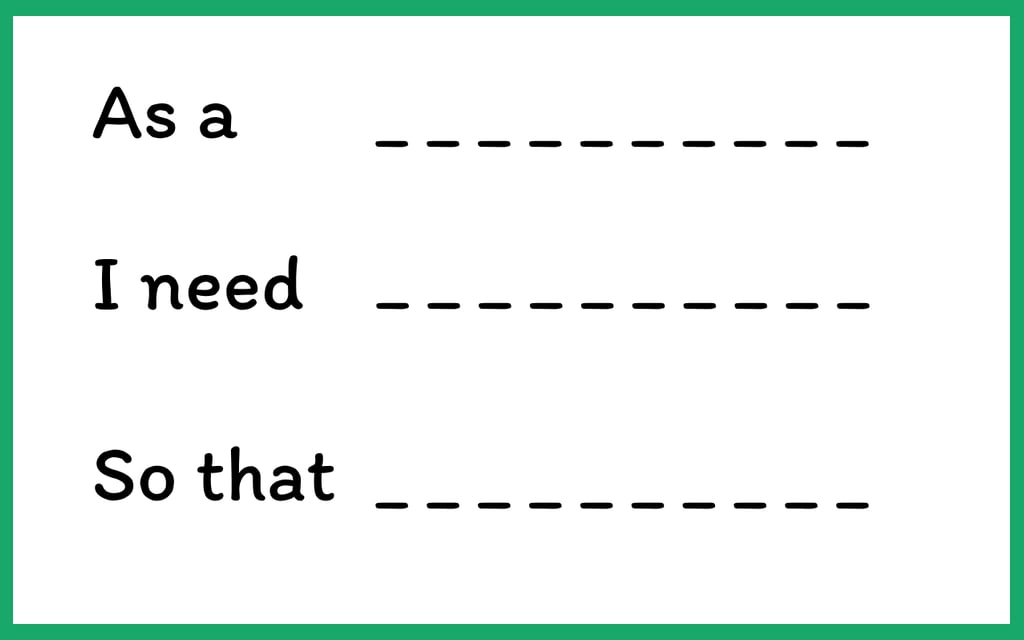

STORY MAPPING
User stories keep us focused on people, not just features. They help the team understand who we’re designing for, what they need to do, and why it matters — creating alignment and driving decisions that deliver real value.
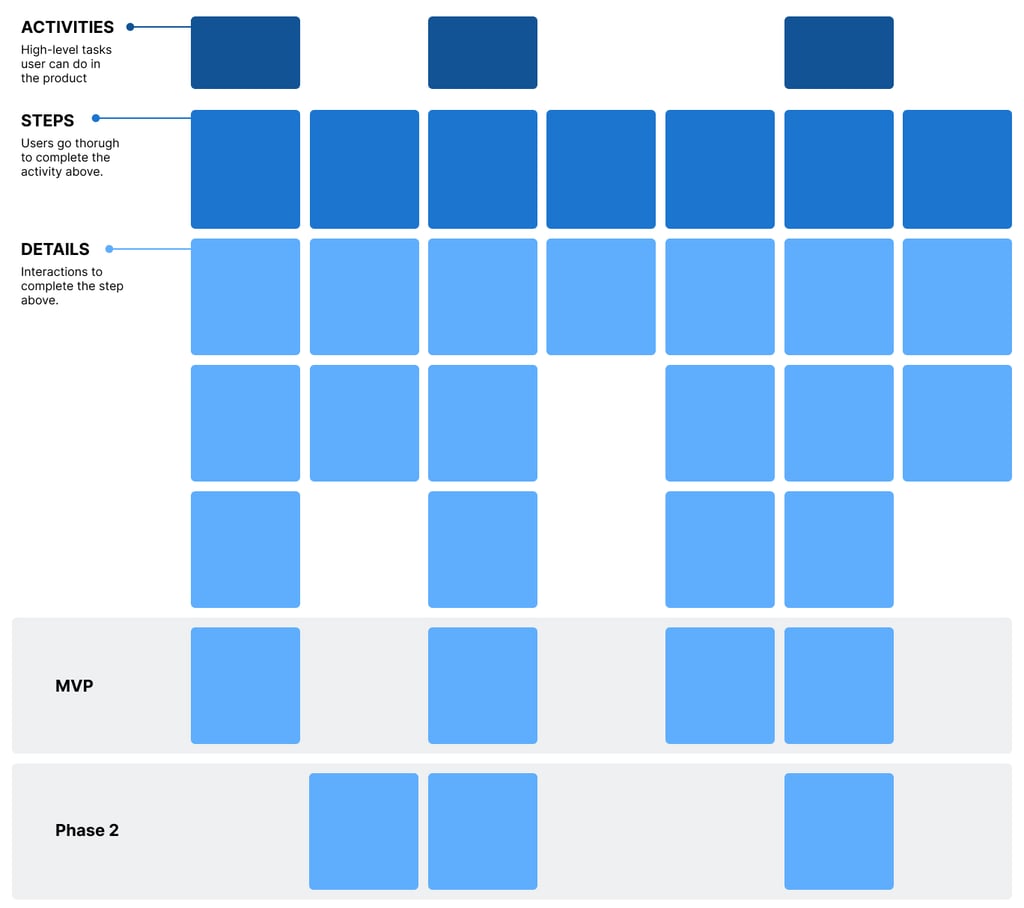

PERSONAS & USER JOURNEYS
To put a face (and name) for this feature, we created several personas of a person who would be using this feature.
User journey exercises to visualize the user's experience step-by-step, helping identify pain points, opportunities, and moments that matter in order to design more intuitive and effective solutions.




Jordan is a motivated and reliable retail associate in his mid-twenties, working part-time at a popular clothing store in Midtown. He’s currently focused on increasing his income to save for school and help support his household. Jordan is open to picking up extra shifts at different store locations but needs to factor in the ease and cost of getting there by public transportation.


Amy is a 25-year-old retail worker balancing her job with part-time college courses. She values having control over her schedule so she can juggle class deadlines, study time, and personal commitments. While she enjoys her job and the team she works with, school is her top priority, and she needs the flexibility to adjust her work shifts quickly when her academic schedule changes.
IDEATION PHASE
My ideation process involves whiteboarding to brainstorm ideas, wireframing to visualize solutions, presenting to stakeholders for feedback, and validating wireframes through user testing.
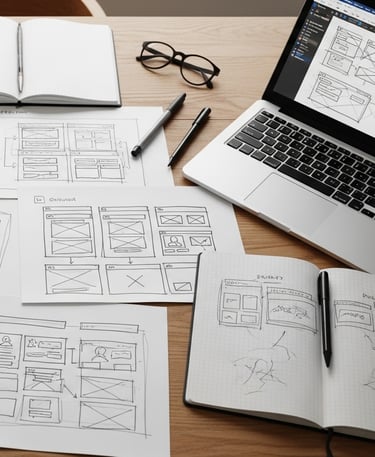

Step 1: Brainstorming
During brainstorming, we sketched ideas, mapped user flows, and organized concepts to refine user-centered solutions
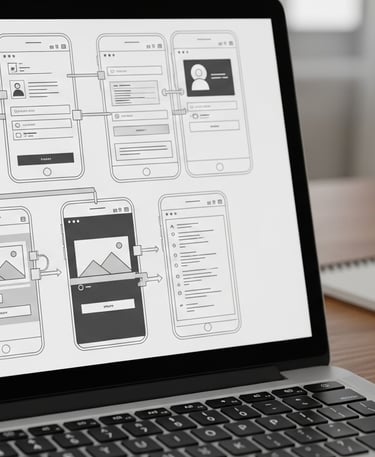

Step 2: Prototyping
Created prototypes for stakeholder presentation and usability testing
Step 3: Validation
Showing prototypes to users and gathering feedback
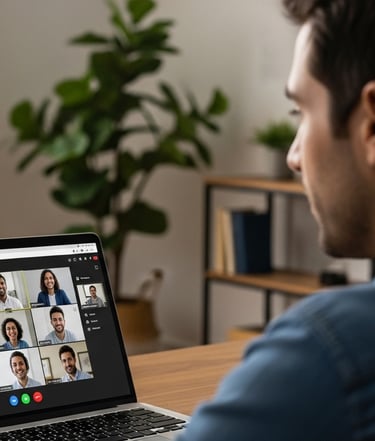

THE SOLUTION
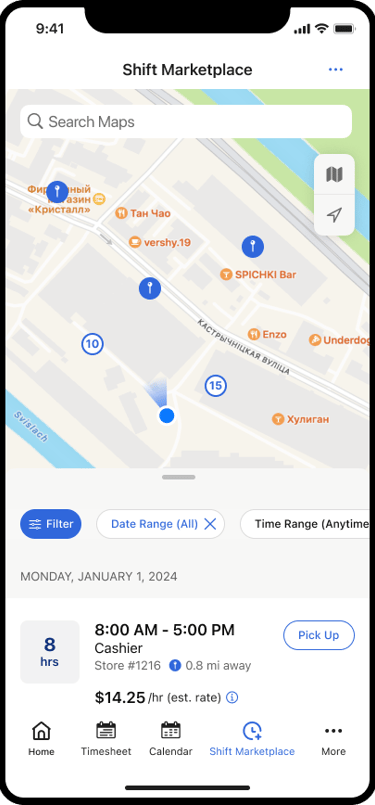

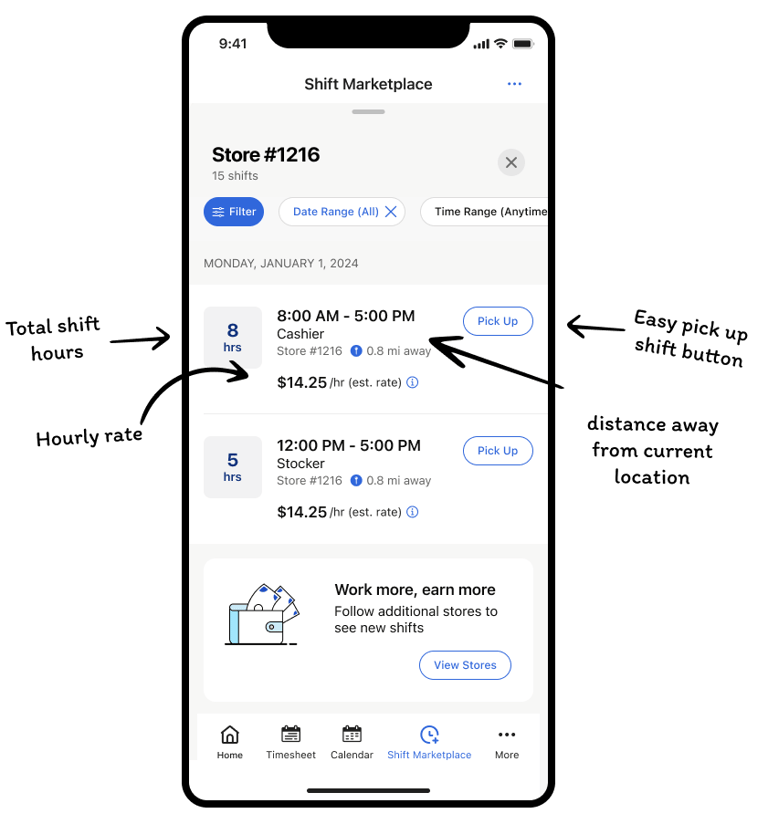

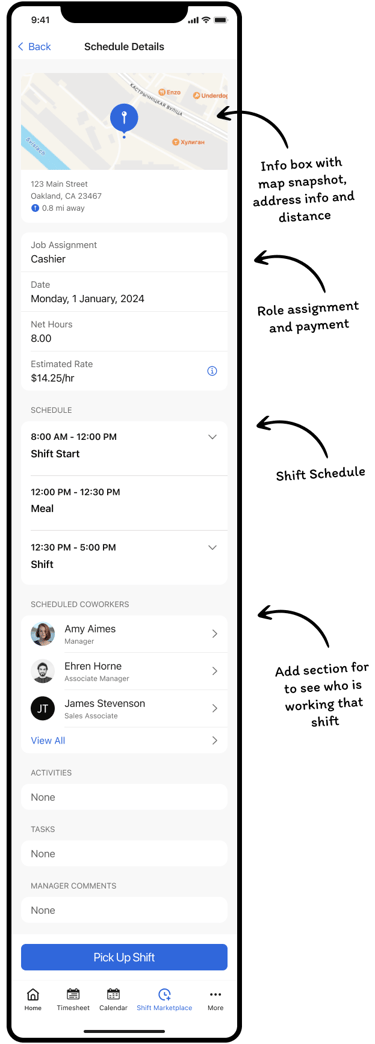

Landing screen: Visual map showing primary and optional locations. We have a bottom sheet showcasing all available shifts a employee can pick up.
Selecting a primary store will bring up open shifts for that location.
Shift bottom sheet expanded.
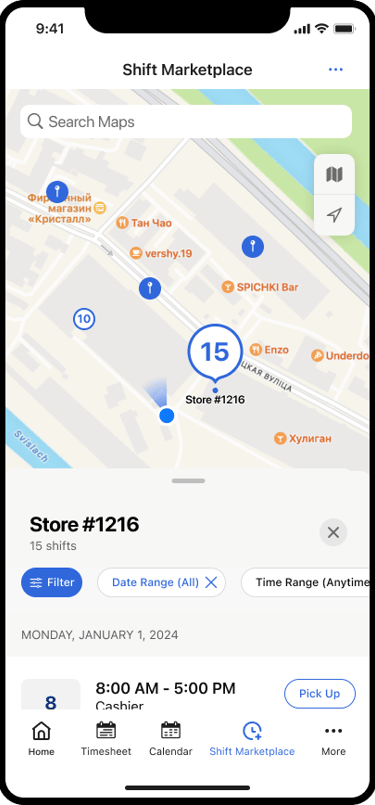

Shift details screen
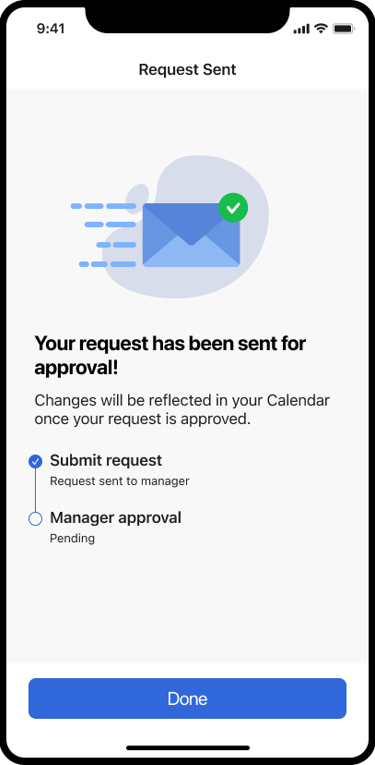

Confirmation screen
THE SOLUTION IN ACTION: PICK UP SHIFT FLOW
THE SOLUTION IN ACTION: FOLLOW LOCATION FLOW
WHERE THE PROJECT IS NOW
We’ve rolled this feature out to our full client base following a successful pilot with our test group. Metrics are still being collected.
LET'S GET IN THE WEEDS
If you want to get a detailed review of this project or any other project - please contact me. I would love to show you my in-depth use cases.


Grant Christman
Explore my UX design projects and case studies.
Contact
773.620.4981
© 2025. All rights reserved.
foot01@gmail.com